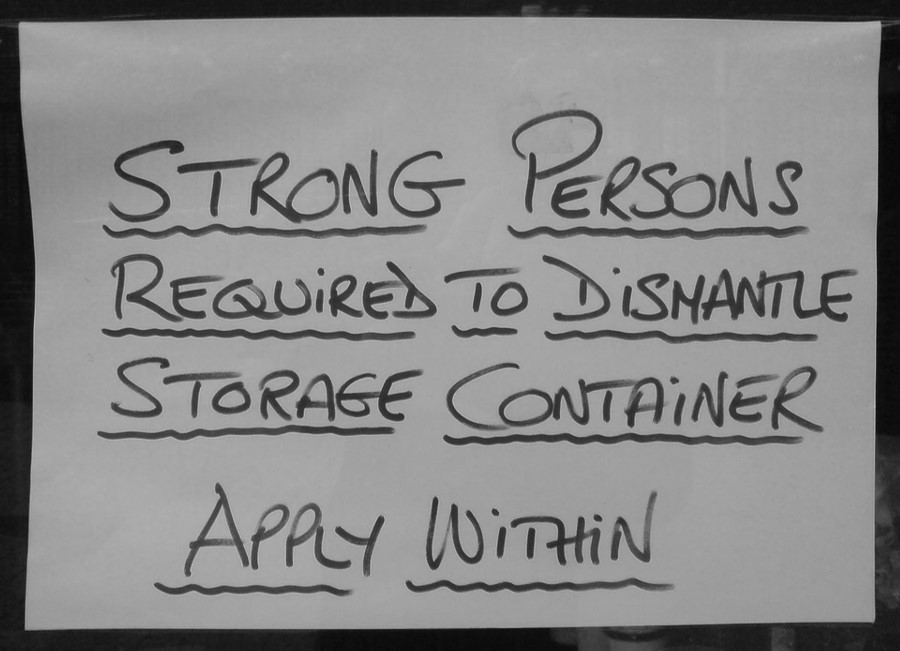The recruitment process can be the first real window to the inner workings and effectiveness of an organisation. It’s never a good look when that goes wrong.
by Eva Duffy
I’m three months into a new job. I’ve gone from a local NHS acute hospital – having notched up a previous 13 years in local government - to a small national organisation with complex stakeholder relations; from having 5,000 colleagues to 35; from a seven minute walk to work to a two-hour commute.
Last summer, I was enjoying my previous job and loved my team but increasingly found myself craving a change.
It was a good place to be. I wasn’t desperate to leave, so I could take my time looking at opportunities where my skill set and experience would be transferable and at the same time give me room to stretch.
And that presented the opportunity to step outside the public sector cocoon to a new world where salaries aren’t specified; where job descriptions are vague; where selection criteria are lacking in transparency.
And it meant that I switched from being the communicator to being the consumer. I was having a brand experience with each prospective employer that in some cases really brought home to me the disconnect between an organisation’s brand and values and how their recruitment processes work. It showed me how organisations fail when they don’t consider that the applicant will form a brand impression and convey that to their friends, families and colleagues. Likewise, it showed how powerful it can be when the people doing the hiring are great brand ambassadors.
Some examples:
The company whose every email from the HR department contained a factual error, including the wrong interview time
The firm that re-advertised the job I’d been interviewed before I’d heard anything about the outcome of my application. When I asked what was going on, I was told they were keeping their options open. I withdrew my application.
The company where I had four separate interviews, an extraordinary investment of time and effort for a middle manager role, to be notified by a generic do-not-reply-to-this-email message that my application wasn’t successful
Each of these examples involved well-known organisations that invest heavily in their brand and in the customer experience. It was striking that in each case their recruitment processes created a negative impression at odds with their brand. And taking into account all the candidates applying for different positions in those organisations, then how much potential for a positive brand experience is being wasted as a matter of course?
As communicators, we’re already aware of the blurred lines between HR and internal communications; not least with the ongoing discussion about whether internal comms should naturally sit with the corporate communications team or with the human resources department, working in tandem with the organisational development team.
Although recruitment communications is a specialism in its own right, increasingly public sector Comms teams find themselves delivering recruitment campaigns and running focus groups with our colleagues to determine our employer value proposition.
But my recent experience as a job seeker showed the gulf that can exist between an organisation’s brand and their recruitment processes.
How do we as communicators ensure our recruitment teams are our brand ambassadors?
How can we ensure that the experience of those who are not right for the role or the organisation is a positive one nonetheless?
Should we be working with our HR colleagues to gather feedback that captures the brand experience of our unsuccessful candidates?
The key learning for me from my job-seeking experience is that we need to be better at recognising that a recruitment process is a brand interaction. It’s important for effective communicators to be aware of what their HR processes are saying about their organisation. And we should offer support to our recruitment colleagues to ensure every candidate, irrespective of the outcome of their application, is left with a positive impression.
Eva Duffy is senior communications officer with Healthcare Quality Improvement Partnership
Image via Alexander Baxevanis

